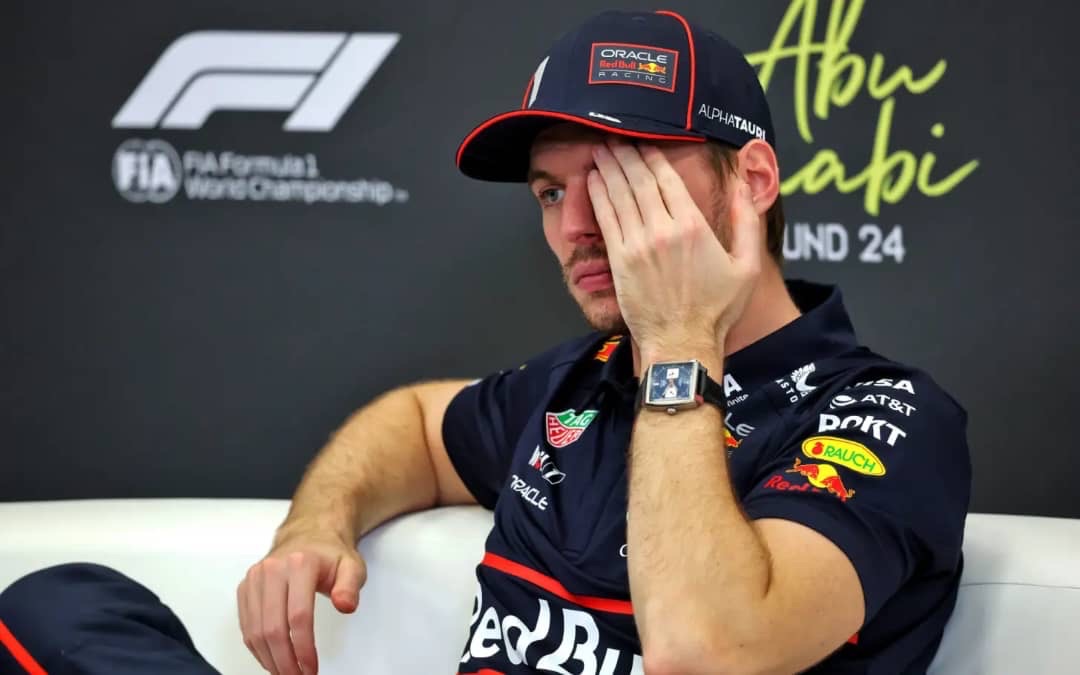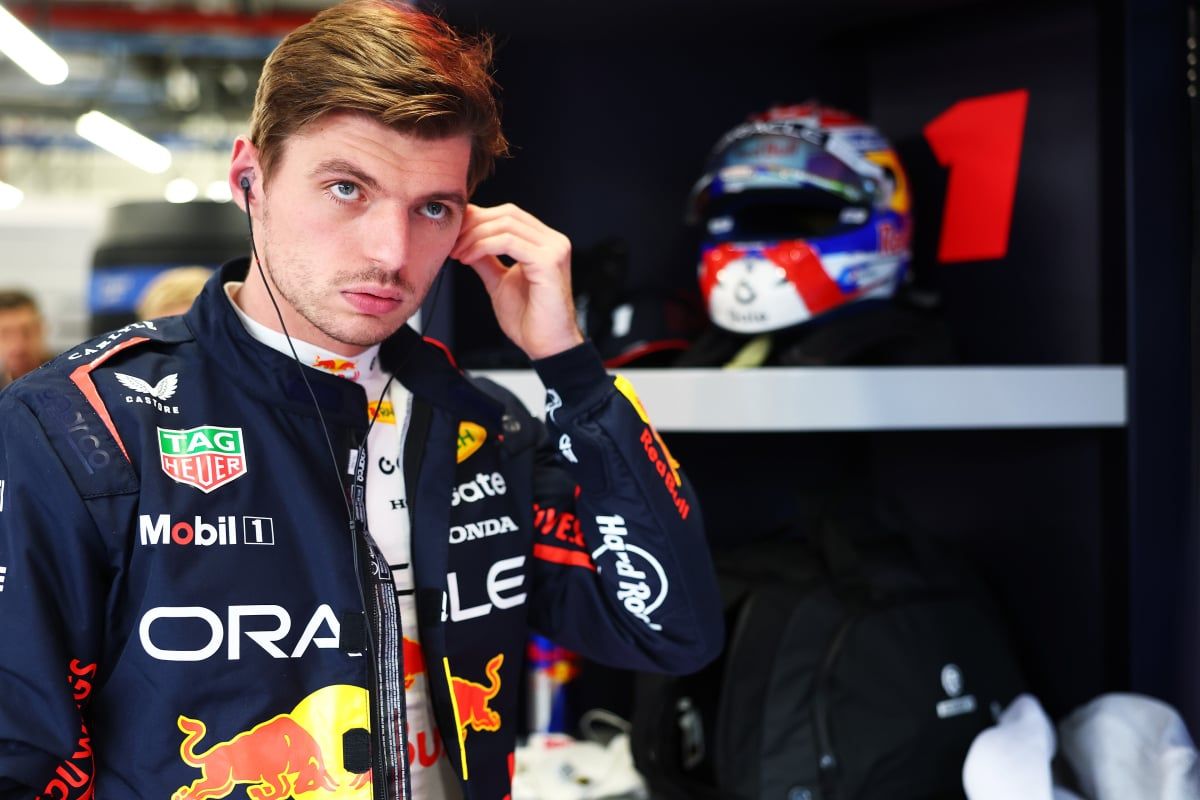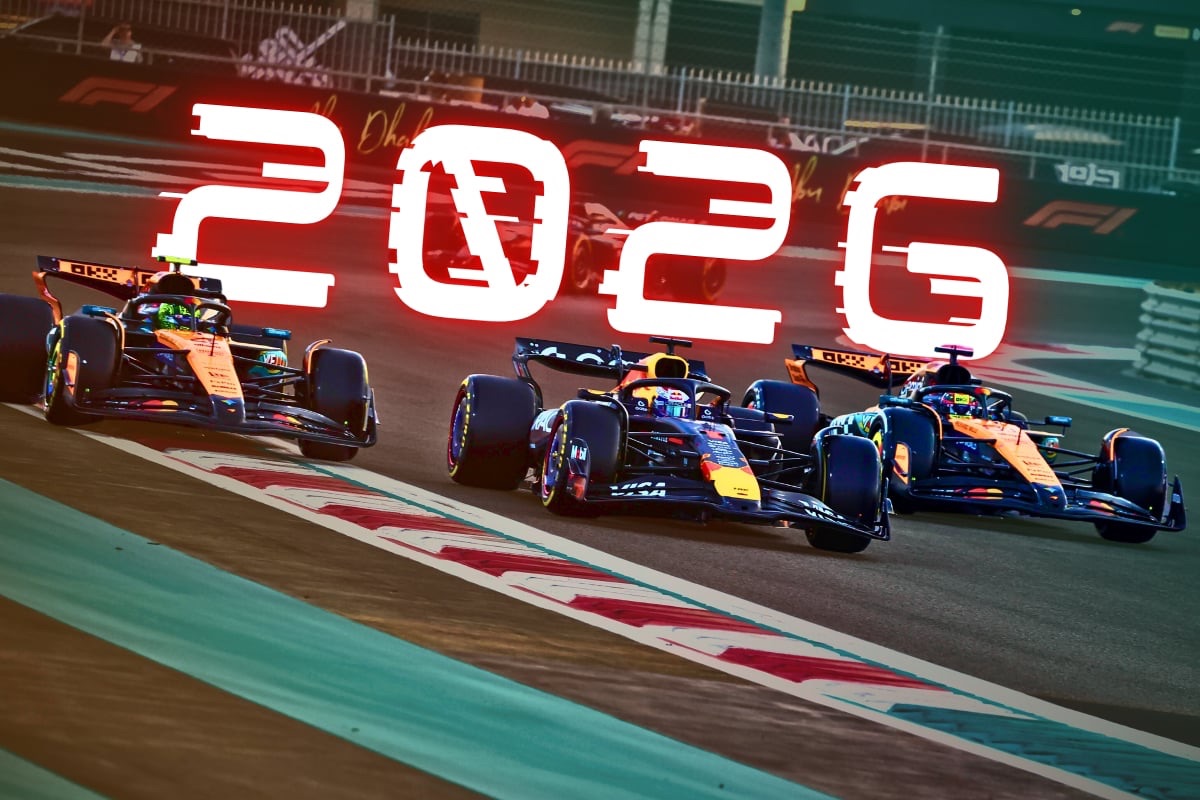FIA Announces Eight Major Changes Ahead of the 2025 Spanish Grand Prix
The Fédération Internationale de l’Automobile (FIA) has officially outlined eight crucial updates that will take effect at the 2025 Spanish Grand Prix. These measures, centered on safety enhancements, stricter regulatory enforcement, and improving the overall competitiveness of the race, will be implemented at the Circuit de Barcelona-Catalunya. The changes reflect the FIA’s ongoing mission to adapt Formula 1 in line with technological innovation and the evolving demands of modern motorsport.
1. Tighter Front Wing Flexibility Rules
Beginning with the 2025 event, the FIA has introduced tougher standards for front wing flexibility. The vertical deflection allowed under a 1 kilonewton (kN) load has been halved from 10mm to 5mm. This change comes as part of efforts to eliminate aerodynamic loopholes used by teams that design wings to flex at high speeds, thus gaining an illegal aerodynamic advantage. The new test will make it significantly harder for teams to exploit such tactics while preserving fair competition.
2. Rear Wing Slot Gap Regulation Adjustments
Similarly, the rear wing regulations have been revised. The permissible movement between the mainplane and the rear-wing flap—known as the slot gap—must now remain within 0.5mm under a 2kN load, a substantial tightening from the previous 2mm limit. This addresses concerns around the implementation of mini-DRS systems and ensures that aerodynamic enhancements remain within the bounds of legality and safety.
3. Circuit Reconfiguration for Safety and Speed
The layout of the Circuit de Barcelona-Catalunya has undergone notable changes to both boost racing excitement and increase safety. Most significantly, the tight final chicane has been removed, restoring the faster, flowing final sector last seen in 2006. Additionally, concrete run-off areas at Turns 2 and 7 have been expanded, and new bollards have been added at Turn 2 to guide cars safely back onto the track in case of an off. These physical modifications are intended to improve race flow and reduce the likelihood of collisions in high-risk areas.
4. Adjustments to DRS Zones
The FIA has made fine-tuned changes to the Drag Reduction System (DRS) zones to enhance overtaking. The first DRS detection point is now placed 86 meters before Turn 9, with activation 40 meters after the turn. The second detection point has been moved to coincide with Safety Car Line 1, with DRS activation now occurring 162 meters after Turn 14. These revisions are aimed at creating better overtaking opportunities without compromising safety.
5. Stricter Enforcement of Track Limits
To maintain sporting integrity, the FIA has introduced new procedures for enforcing track limits at key corners. Drivers who exceed the limits at Turns 1 or 2 must now re-enter the track via a designated route by passing to the left of two new bollards at Turn 3. This guarantees no advantage is gained by leaving the circuit and reinforces consistent penalty standards across the grid.
6. Mandatory Driver Cooling Systems
In response to growing concerns about driver well-being during hot weather conditions, the FIA has now made driver cooling systems compulsory if ambient temperatures rise above 30.5°C. The regulation allows for better driver health and safety while maintaining performance. To accommodate the added hardware, the minimum weight of each car will be increased by 5kg starting at the Spanish Grand Prix.
7. Removal of Gearbox Usage Limits
Acknowledging the improved durability of modern gearboxes, the FIA has abolished the seasonal cap on gearbox usage. This means teams will no longer incur grid penalties for using additional gearboxes, fostering a more stable competitive environment and potentially improving race reliability across the calendar.
8. Formula 2 and Formula 3 Added to Spanish GP Weekend from 2026
Looking to the future, the FIA has confirmed that from 2026 to 2035, the Spanish Grand Prix—set to move to Madrid—will feature both Formula 2 and Formula 3 as part of the race weekend. This change aims to provide fans with a more immersive motorsport experience while giving young drivers a bigger platform to showcase their talents on a global stage.
These wide-ranging updates signal the FIA’s dedication to refining the sport on multiple levels—from technical and safety standards to fan engagement and future talent development—ensuring Formula 1 remains at the forefront of global motorsport.



